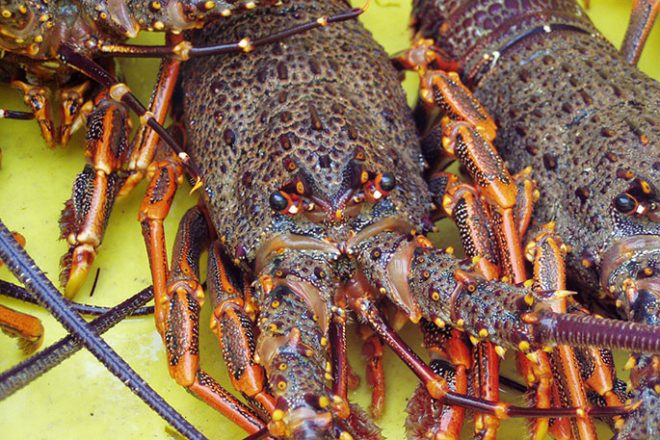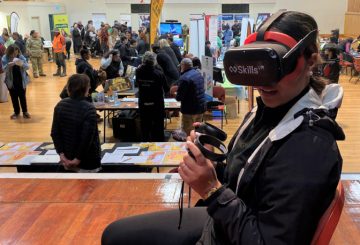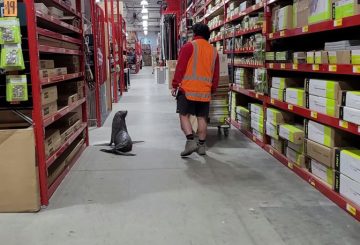4월 1일부터 노스랜드 바위 랍스터 어업의 어획량 한도가 21톤 줄어들 예정이다.
가시가 있는 붉은 바위 랍스터, 가재, 코우라로도 알려진 바위 랍스터는 탕가타 훼누아 (Tangata Whenua) 의 타옹가이며 상업 및 레저 낚시꾼들에게 인기 있는 어종입니다.
어업 관리 책임자인 엠마 테일러 (Emma Taylor) 는 “화나우에 식량을 제공하고, 가치 있는 수출 시장과 지역 경제를 지원하고, 지역 사회에 일자리를 제공한다”고 말했다.
바위 랍스터는 또한 키나 (성게) 를 비롯한 다양한 먹이를 먹으며 포식자로서 생태계에서 중요한 역할을 합니다.
어획량 감소는 뉴질랜드 수산부가 제공한 조언을 검토한 후 공개 협의를 거쳐 장관급 승인을 받았습니다.
“장관의 결정은 예방적 접근법을 취하며, 이로 인해 어업의 바위 랍스터 개체수가 증가하여 시간이 지남에 따라 키나 개체수 조절에 기여할 것으로 예상됩니다.
Emma는 “우리는 계속해서 새로운 어획 설정이 락 랍스터 어획량에 미치는 효과를 평가하고 2024년 4월에 추가 검토가 필요한지 고려할 것입니다.” 라고 말합니다.
새 낚시 연도가 시작되는 4월 1일에 적용되는 변경 사항은 다음과 같습니다.
4월 15일부터 새로운 허용 한도 내에서 여가용으로 가져갈 수 있도록 낚시꾼당 가시 바위 랍스터 일일 수하물 한도가 6마리에서 3마리로 줄어듭니다.
이 결정은 뉴질랜드 수산부의 지속가능성 조치에 대한 정기 검토의 일환으로 올해 초에 열린 협의에 따른 것으로, 작년 어업에 대한 결정에 대한 고등법원의 최근 판결에 따른 판결에 따른 것입니다.
접수된 제출물의 사본은 MPI 웹사이트에서 확인할 수 있습니다. 어업을 위한 지속 가능성 조치 검토 — 2023년 4월 라운드
크레딧: sunlive.co.nz





























































